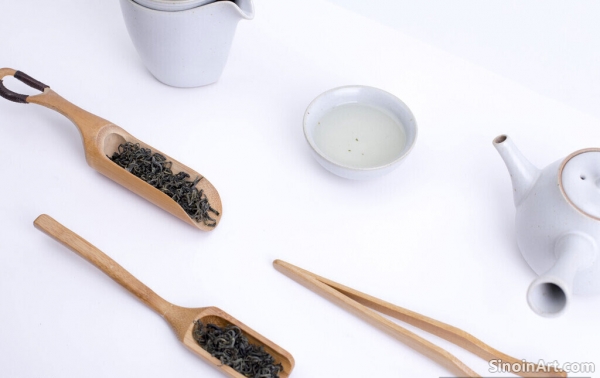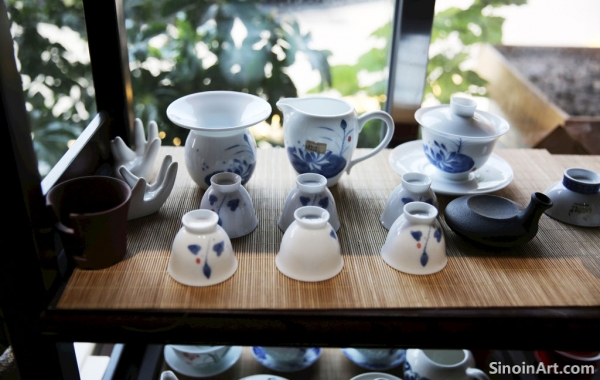The Art of Tea Pairing: Complementing Chinese Cuisine
|
The art of pairing tea with food is a delicate and nuanced practice, especially within the context of Chinese cuisine. The right tea can elevate a meal, enhancing the flavors of the food and creating a harmonious dining experience. In Chinese culture, tea is often served alongside meals, not just as an after-dinner drink. It is seen as an integral component of the dining experience, not just as a beverage to quench thirst.  Light and delicate green teas, such as Long Jing or Bi Luo Chun, are excellent accompaniments to lighter dishes like steamed fish, vegetables, and seafood. These teas have a fresh and subtle flavor that doesn’t overpower delicate flavors. The grassy notes of green tea can beautifully complement the natural sweetness of many vegetables. Their cleansing effect also helps to clear the palate in between bites.  Oolong teas, with their diverse range of flavors, can be paired with a variety of dishes. Lightly oxidized oolongs, such as Tie Guan Yin, go well with poultry and light stir-fries, while darker roasted oolongs, such as Da Hong Pao, pair well with richer and more savory dishes like braised meats. The roasted and nutty notes of oolong add depth and complexity to dishes, while their smooth texture complements the textures of food.  Black teas, also known as “Hong Cha” in China, such as Keemun, can be paired with dishes with stronger and richer flavors, such as red meats and spicy dishes. The malty and robust notes of black tea can help balance the spiciness, while its strength stands up to stronger flavors. Pu-erh tea, particularly aged Pu-erh, pairs well with rich, oily, or fatty dishes, as it helps with digestion. In conclusion, the art of tea pairing is an important part of Chinese culinary tradition. Choosing the right tea can significantly enhance the overall dining experience, bringing out the best in both the tea and the food. The tradition of pairing tea with food reveals a deeper understanding of flavor profiles and their impact on the senses. |
Tag : Tea pairing, Chinese food pairing, green tea, oolong tea, black tea, Chinese cuisine
Related information
- Decoding the Types: A Guide to Chinese Tea Varieties
- The Heart of the Set: Exploring Chinese Teapots
- The Nuances of Oolong: A Journey Through Partial Oxidation
- The Delicate Art of Green Tea Production in China
- The Legacy of Pu-erh: A Tea That Ages Like Fine Wine
This article explores the diverse range of Chinese tea varieties, categorizing them by processing method and highlighting their unique characteristics, flavors, and aromas.
This article delves into the world of Chinese teapots, examining various materials, shapes, and styles, and highlighting their role in enhancing the flavor and aroma of tea.
This article explores the fascinating world of oolong tea, detailing the partial oxidation process, the diverse range of flavors, and the specific regions where it is cultivated.
Explore the delicate art of Chinese green tea production, from harvesting to processing. Learn about the different methods and why the timing of the harvest is critical for flavor and quality.
Delve into the fascinating world of Pu-erh tea, a unique Chinese tea prized for its aging potential. Learn the difference between Sheng and Shou Pu-erh and how the fermentation process transforms its flavor over time.